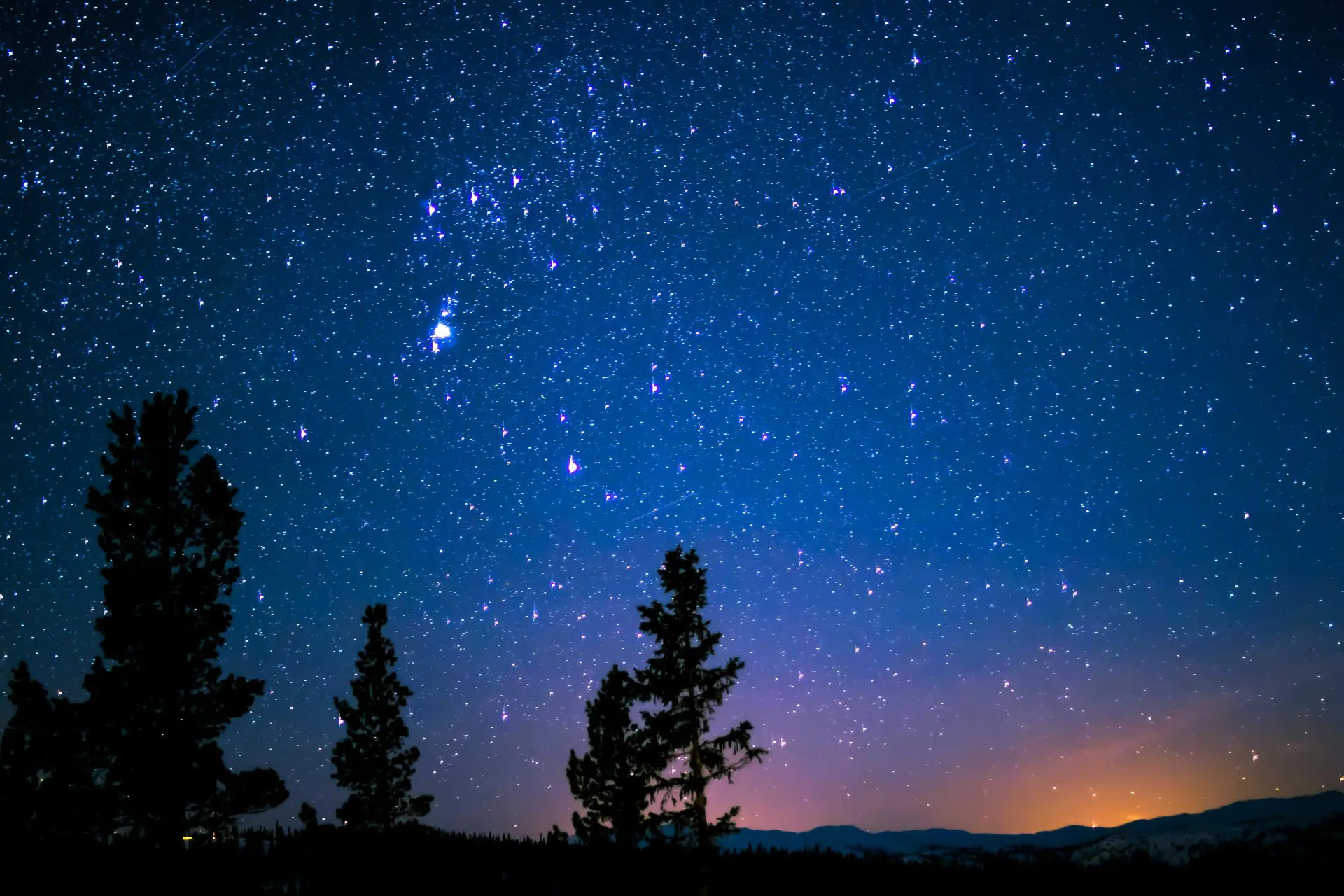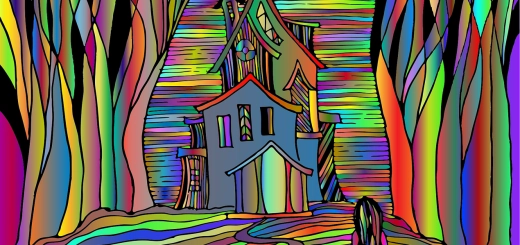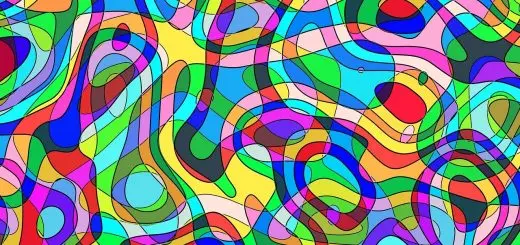Brahma: Creator Deity in Hinduism

Looking for more amazing products? Check out our online store and explore our collection here! Happy shopping!
Before diving in, please note: This post is for informational purposes only. If you’d like to know more about how we approach topics, feel free to check out our friendly Disclaimer Page.
Hey there, amazing readers! 
We’re committed to delivering quality posts, and your support (even just sticking around despite the ads) means everything to us. So, bear with us, and thanks for helping us keep the good vibes rolling. Now, on to the fun stuff!
TRANSLATE BUTTON AT THE END OF THE ARTICLE
A Quick Overview
Brahma is one of the principal deities in Hinduism, often referred to as the creator god.
He is part of the Trimurti, the trinity of major gods in Hinduism, alongside Vishnu and Shiva.
Brahma is responsible for creation in the universe and is associated with knowledge, creativity, and the arts.
Despite his important role, Brahma is less widely worshipped compared to Vishnu and Shiva in modern Hinduism.
Introduction to Brahma in Hinduism
In Hindu mythology, Brahma is often depicted as a red or golden-skinned four-faced deity with four arms.
He is typically shown holding a scepter, a rosary, a book, or a lotus flower, which symbolizes creation.
Brahma is believed to have emerged from a golden egg known as Hiranyagarbha, which appeared out of the chaos of the universe.
He is considered the first god in the universe and is revered as the creator of all existence.
Origins and Mythology of Brahma
Brahma’s origins can be traced back to the Rigveda, one of the oldest sacred texts in Hinduism.
In early Vedic literature, Brahma is described as a cosmic being responsible for the creation of the world.
Over time, his role evolved, and he became associated with the creation of the universe through his divine power and knowledge.
Despite his significance in ancient texts, Brahma’s worship declined over the centuries, and he is now rarely worshipped as the primary deity in Hinduism.
Brahma’s Role in the Trimurti
In Hinduism, the Trimurti represents the three major aspects of the divine – creation, preservation, and destruction.
Brahma is the creator, Vishnu is the preserver, and Shiva is the destroyer.
Together, they maintain cosmic harmony and balance in the universe.
While Brahma plays a crucial role in the creation of the universe, he is often overshadowed by Vishnu and Shiva in popular Hindu beliefs and practices.
Depictions and Symbols of Brahma
Brahma is often depicted with four faces, each facing a different direction, symbolizing his omniscience and omnipresence.
He is usually depicted sitting on a lotus flower, signifying purity and transcendence.
Brahma’s four arms represent the four Vedas, the ancient scriptures of Hinduism, and his hands hold symbolic objects related to creation and knowledge, such as a scepter, a rosary, a book, or a lotus flower.
Temples and Worship of Brahma
Despite his importance in Hindu mythology, Brahma is not widely worshipped in modern Hinduism.
There are only a few temples dedicated to Brahma in India, with the most famous one located in Pushkar, Rajasthan.
The Brahma temple in Pushkar is a major pilgrimage site for Hindus and attracts devotees who come to seek blessings for knowledge, creativity, and wisdom.
Devotees offer prayers, flowers, and fruits to Brahma in these temples to seek his blessings.
Stories and Legends about Brahma
One popular legend about Brahma involves his creation of Shatarupa, the first woman.
Brahma became infatuated with Shatarupa’s beauty and grew multiple heads to gaze at her from all directions.
Shatarupa, feeling uncomfortable with his advances, tried to evade his gaze by moving to different directions.
This legend is often cited as an example of Brahma’s imperfections and limitations, despite being the creator of the universe.
Brahma in Hindu Scriptures
Brahma is mentioned in various Hindu scriptures, including the Vedas, the Puranas, and the epics like the Mahabharata and the Ramayana.
In these texts, Brahma is portrayed as the creator of the universe through his divine power and knowledge.
Despite his important role in creation, Brahma is often depicted as a less prominent figure compared to Vishnu and Shiva, who have more popular and widely worshipped avatars.
Attributes and Characteristics of Brahma
Brahma is often depicted as a wise and elderly deity, symbolizing knowledge, creativity, and the arts.
He is associated with the creation of the universe and is believed to possess the power to bring life into existence.
Brahma’s four faces and arms symbolize his omnipresence and omniscience, reflecting his role as the creator of all existence.
Despite his significance in Hindu mythology, Brahma is not as widely worshipped or revered as Vishnu and Shiva in contemporary Hinduism.
The Creation Story by Brahma
According to Hindu mythology, Brahma created the universe through his divine power and knowledge.
He emerged from a golden egg known as Hiranyagarbha, which appeared out of the chaos of the universe.
Brahma then created the earth, the heavens, and all living beings, shaping the world as we know it today.
His creative power is believed to be the driving force behind the existence of the universe and all living creatures within it.
Festivals and Celebrations in honor of Brahma
There are no specific festivals dedicated exclusively to Brahma in Hinduism.
However, devotees may offer prayers and perform rituals in honor of Brahma during major Hindu festivals such as Diwali, Navratri, and Maha Shivaratri.
The Brahma temple in Pushkar, Rajasthan, attracts a large number of devotees during the Kartik Purnima festival, which is celebrated with great fervor in honor of Brahma.
Pilgrims bathe in the sacred Pushkar Lake and offer prayers to seek Brahma’s blessings for knowledge and wisdom.
Modern Interpretations of Brahma
In modern interpretations of Hinduism, Brahma is often viewed as a symbolic representation of the creative power and intelligence within each individual.
His four faces symbolize the four aspects of the mind – the conscious, subconscious, unconscious, and superconscious.
Brahma’s role as the creator of the universe is seen as a metaphor for the creative potential and possibilities that exist within every human being.
Devotees may worship Brahma as a source of inspiration and guidance in their creative endeavors and intellectual pursuits.
Controversies and Criticisms surrounding Brahma
Brahma has faced criticism and controversy in Hinduism due to his limited worship and popularity compared to Vishnu and Shiva.
Some sects within Hinduism consider Brahma to be a lesser deity and prioritize the worship of Vishnu or Shiva instead.
Additionally, some feminist scholars have criticized Brahma’s portrayal in Hindu mythology, particularly in the context of his creation of Shatarupa, as reinforcing patriarchal norms and attitudes towards women.
Despite these criticisms, Brahma remains an essential figure in Hindu mythology, representing the creative power and knowledge that sustains the universe.
Conclusion
Brahma, the creator deity in Hinduism, plays a vital role in the mythology and cosmology of the religion.
Despite being overshadowed by Vishnu and Shiva in popular worship, Brahma is revered for his creative power, wisdom, and knowledge.
His portrayal with four faces and arms symbolizes his omnipresence and omniscience, highlighting his role as the creator of the universe.
While Brahma may not receive as much devotion as other Hindu gods, his significance in Hindu scriptures and mythology continues to inspire devotees and scholars alike.

The Enlightenment Journey is a remarkable collection of writings authored by a distinguished group of experts in the fields of spirituality, new age, and esoteric knowledge.
This anthology features a diverse assembly of well-experienced authors who bring their profound insights and credible perspectives to the forefront.
Each contributor possesses a wealth of knowledge and wisdom, making them authorities in their respective domains.
Together, they offer readers a transformative journey into the realms of spiritual growth, self-discovery, and esoteric enlightenment.
The Enlightenment Journey is a testament to the collective expertise of these luminaries, providing readers with a rich tapestry of ideas and information to illuminate their spiritual path.
Our Diverse Expertise
While our primary focus is on spirituality and esotericism, we are equally passionate about exploring a wide range of other topics and niches 

To ensure we provide the most accurate and valuable insights, we collaborate with trusted experts in their respective domains 
Our blog originally focused on spirituality and metaphysics, but we’ve since expanded to cover a wide range of niches. Don’t worry—we continue to publish a lot of articles on spirituality! Frequently visit our blog to explore our diverse content and stay tuned for more insightful reads.
Hey there, amazing reader! 
Check out our store here and take a peek at some of our featured products below! Thanks for being awesome!











